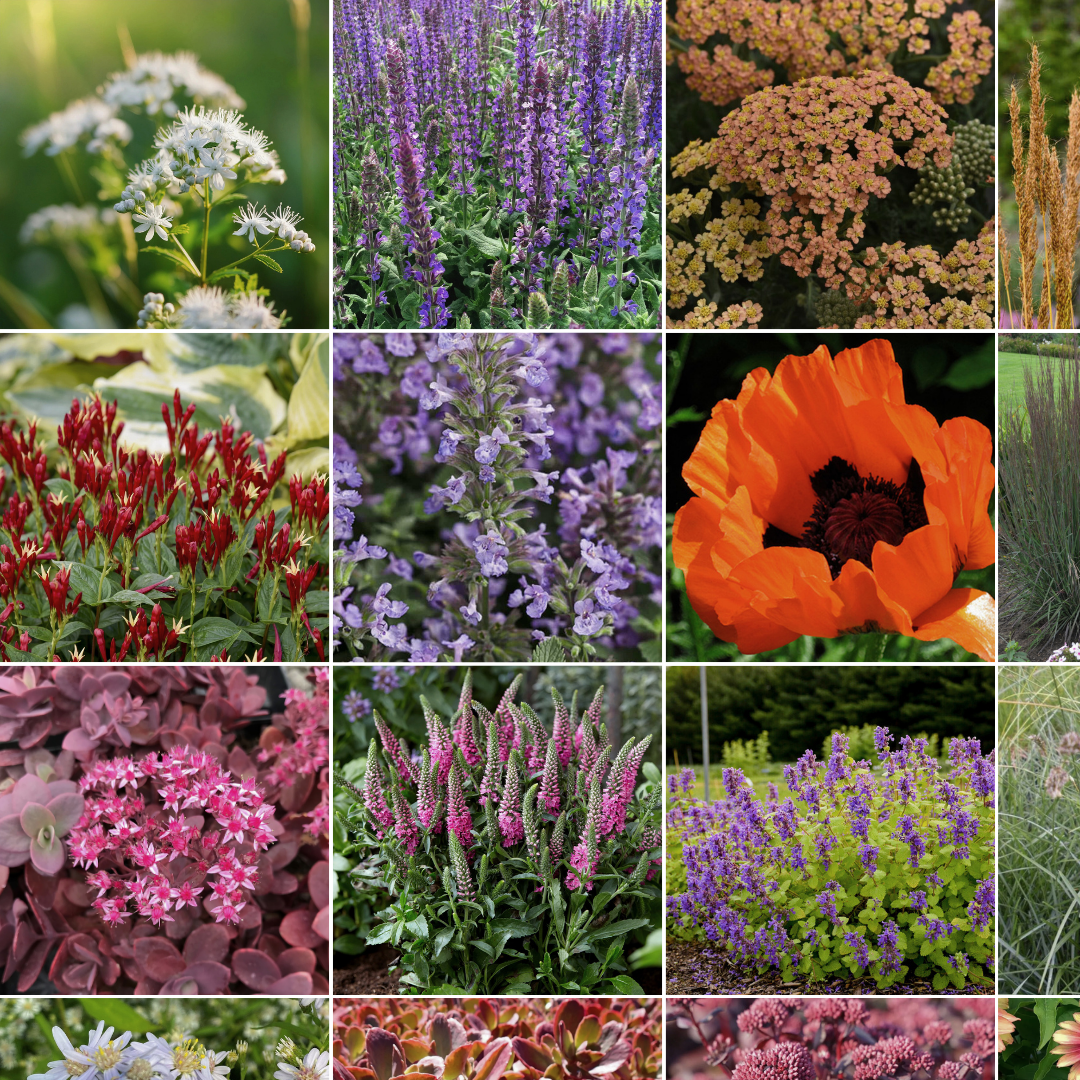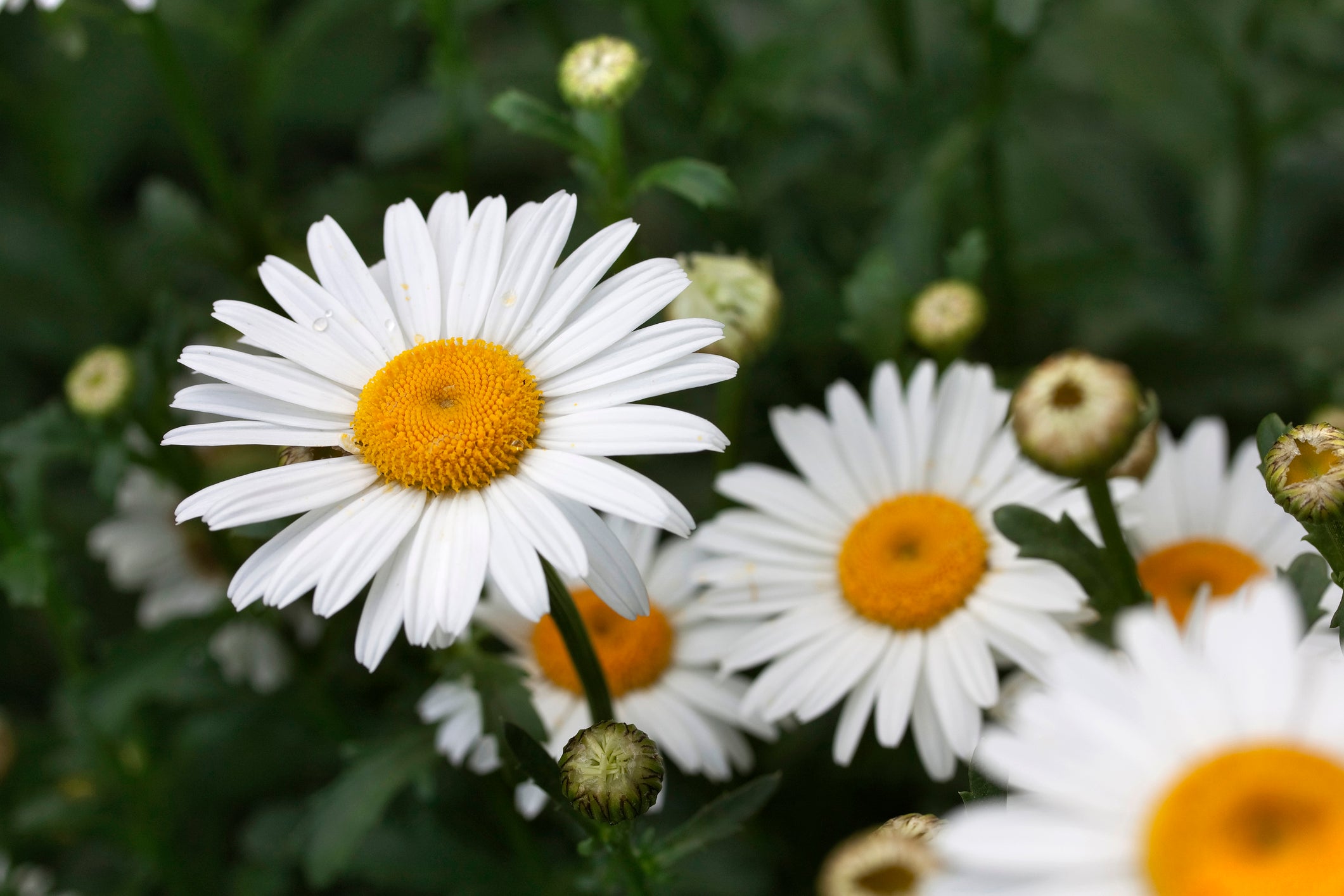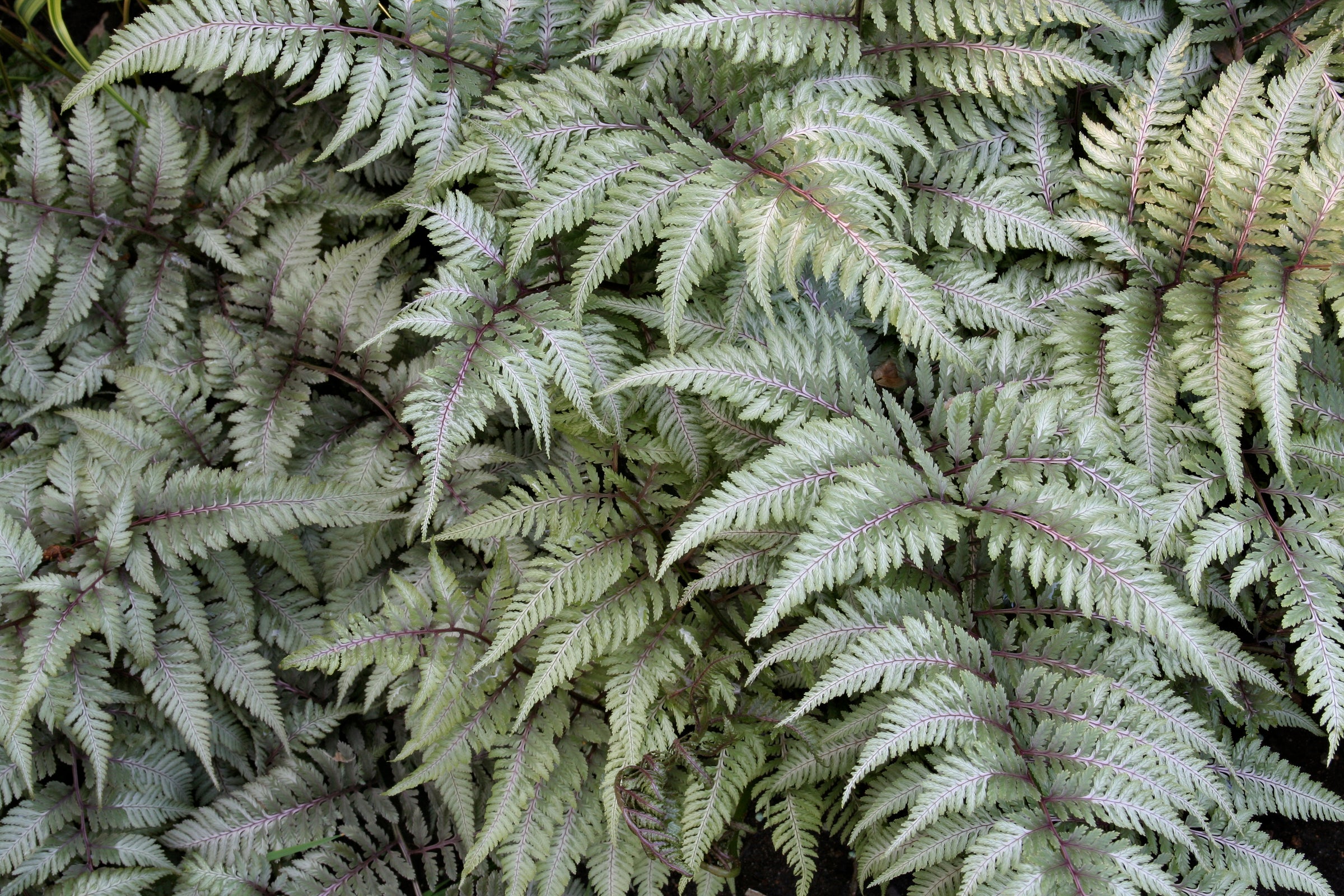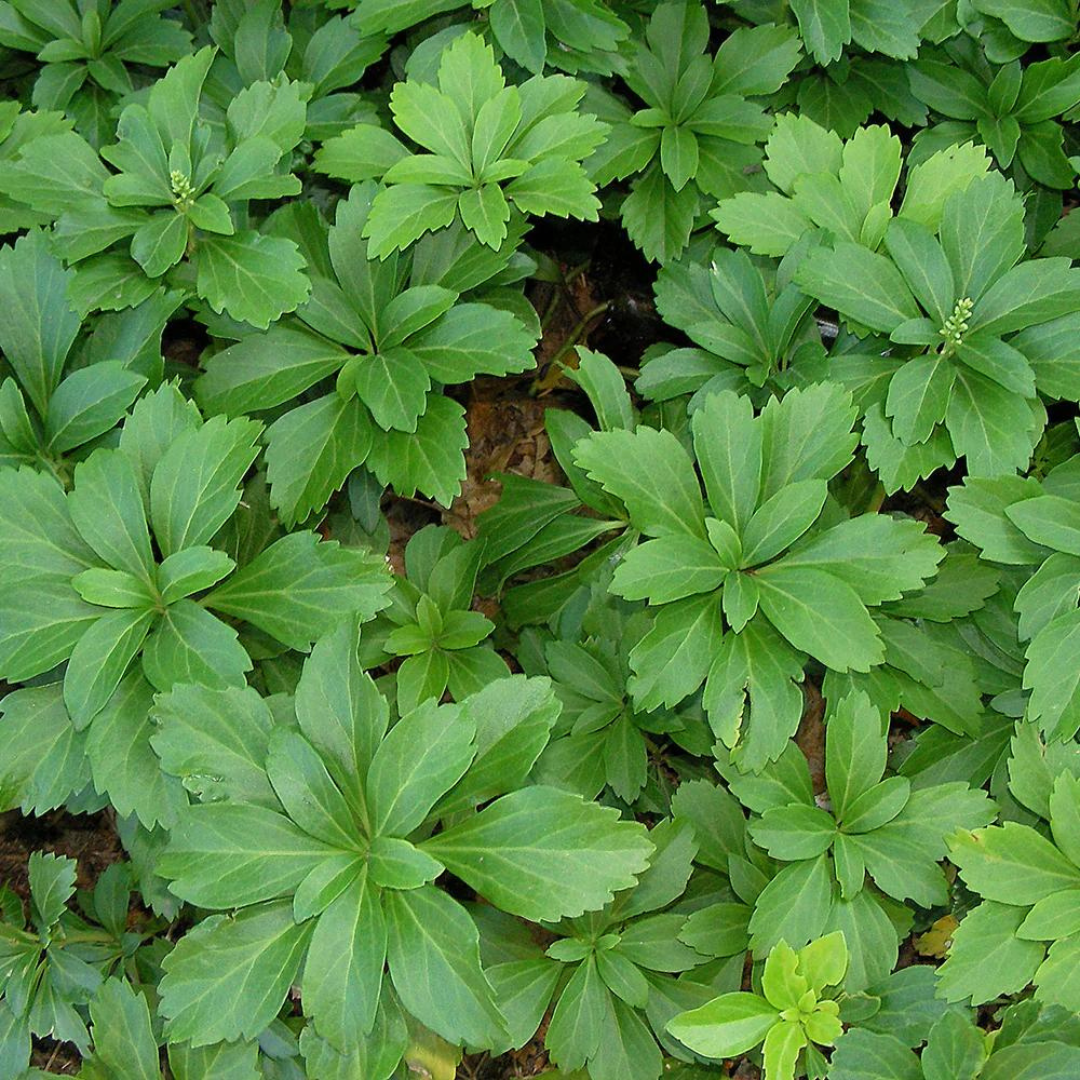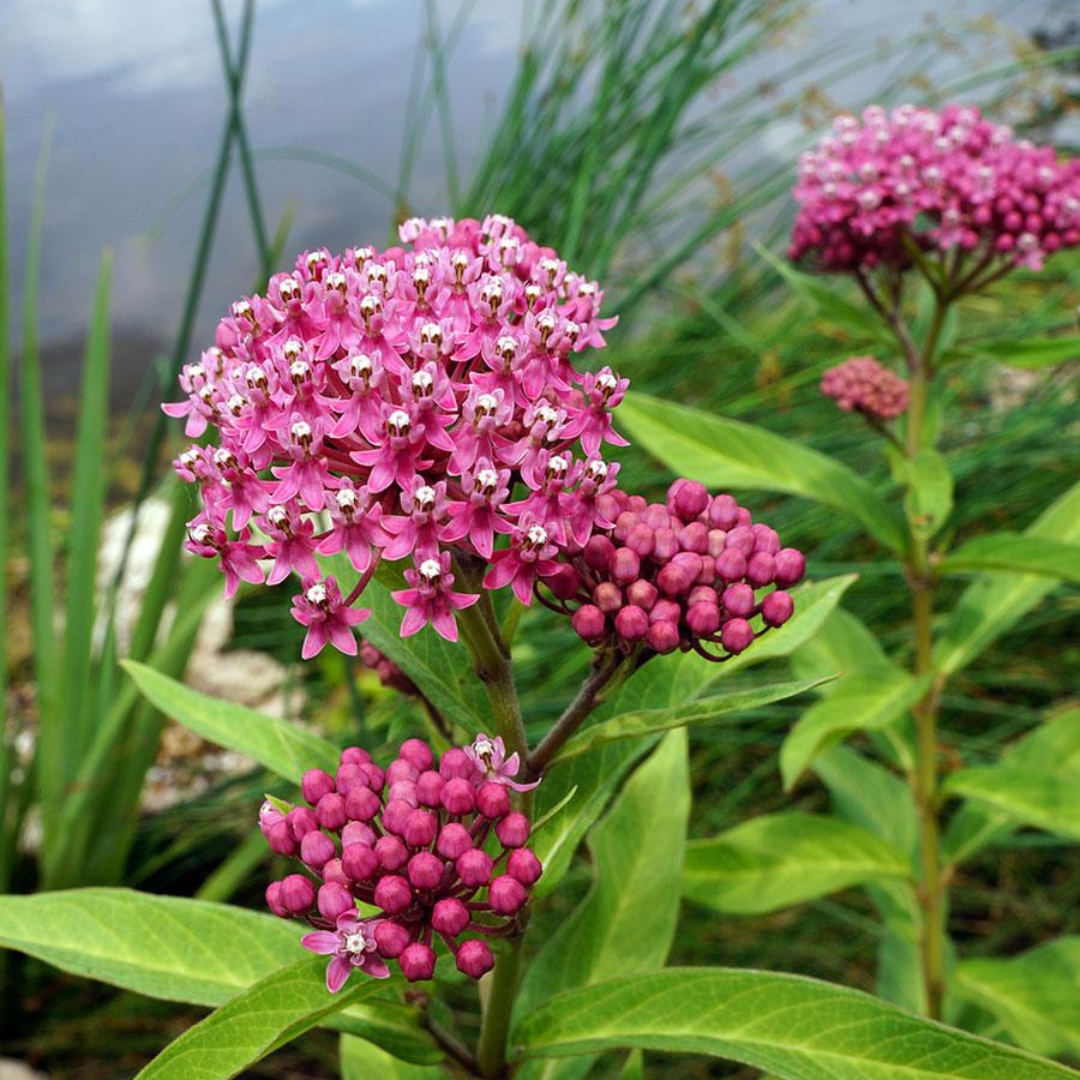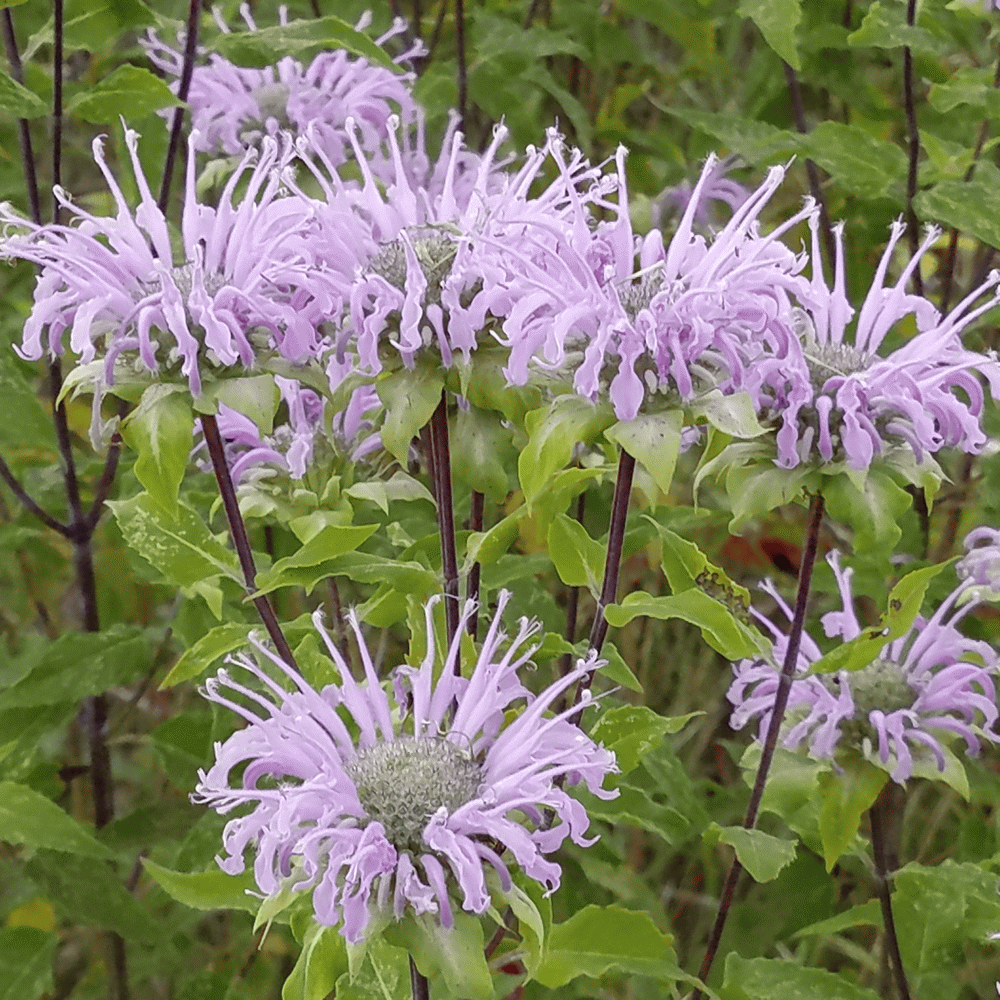
Monarda fistulosa
Add to Wishlist Full Sun
Full Sun
 Partial Sun
Partial Sun
 Deer Resistant
Deer Resistant
 Pollinator Friendly
Pollinator Friendly
 Native
Native
- In stock, ready to ship
- Backordered, shipping soon
Monarda fistulosa: Wild Bee Balm with Prairie Spirit
Airy and aromatic, Monarda fistulosa, or wild bergamot, brings soft lavender blooms and untamed charm to sunny naturalistic gardens. This native prairie species forms graceful clusters of tubular flowers atop slender stems, inviting pollinators with its sweet scent and open, welcoming structure.
Plant Characteristics:
- Height: 90–120 cm
- Spread: 60–90 cm, upright and gently spreading
- Flower Colour: Soft lavender to pale purple
- Flowering Period: Midsummer
- Foliage: Aromatic, grey-green leaves with a slightly rough texture
- Sunlight Requirements: Full sun to light shade
- Soil Requirements: Well-drained soil; tolerant of dry, sandy, or rocky conditions
Uses and Benefits: Monarda fistulosa is a cornerstone of native and pollinator gardens, offering essential nectar for bees, butterflies, and hummingbirds. Its relaxed, open form works beautifully in prairie-style borders, meadow plantings, or ecological designs. Drought-tolerant and deer-resistant, it fills midsummer with soft colour, movement, and wild fragrance while thriving in lean soils where other perennials may struggle.
Companion Plants: Pair Monarda fistulosa with Echinacea angustifolia for a classic prairie pairing rich in pollinator value and soft pastel hues. Add Asclepias tuberosa to introduce vibrant orange contrast and extend blooming interest. Ground the planting with Schizachyrium scoparium, whose fine, upright blades echo the movement and texture of the monarda while adding warm seasonal colour.
Care Instructions: Grow in full sun to light shade in well-drained soil. Once established, Monarda fistulosa is drought-tolerant and low maintenance. Deadhead to prolong bloom, or leave seedheads for birds and winter interest. Divide every 3–4 years in spring to rejuvenate clumps and manage spread. Good air circulation helps prevent powdery mildew, though this species is more resistant than most.
History: Monarda fistulosa is native across much of North America and was historically valued for its medicinal and culinary uses. Today, it is cherished for its adaptability, pollinator support, and role in prairie restoration and native plantings.
Final Thoughts: With wild grace and a humming garden life around it, Monarda fistulosa brings authenticity and abundance to sun-drenched spaces—an essential thread in the fabric of native perennial design.


